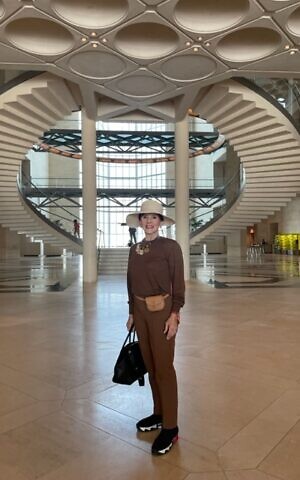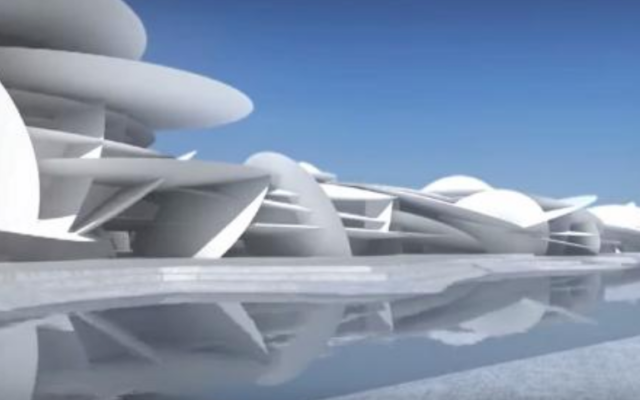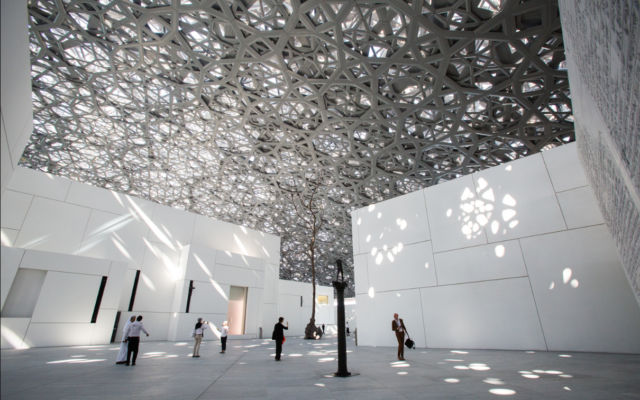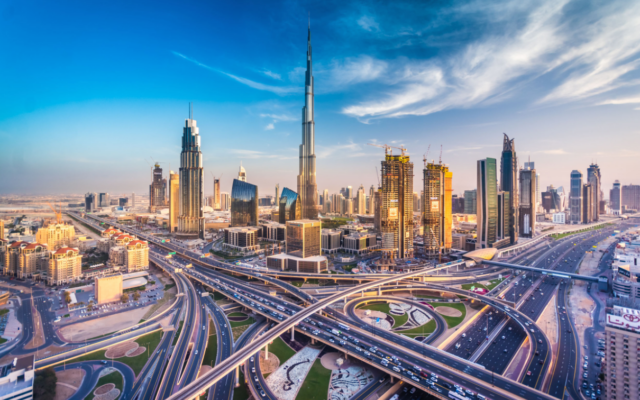Senior Travelers are Following Their Dreams Again
Atlanta decorator Rosthema Kastin made her dream trip to the Persian Gulf earlier this year.
With the pandemic rapidly receding in our collective rear view mirror, seniors, who put off travel plans to distant destinations, are once again calling their travel agents.
A new survey by the American Association of Retired Persons shows that 81 percent of those over the age of 50 who plan to travel in 2023 believe it’s safe to travel now. According to AARP, 62 percent are planning at least one trip and about the same number have in mind a dream trip.
That was what led Rosthema Kastin, an Atlanta interior designer, to book a flight to the Persian Gulf for a trip to Oman, Qatar, and the United Arab Emirates to join a tour sponsored by New York’s Metropolitan Museum of Art. Although she was an experienced international traveler, this trip to a region she has long associated with the “Tales of The Arabian Nights” was filled with anticipation.

“I began this trip in my imagination, years ago as a child,” she recalled. “I had been raised on the tales of the thousand and one nights and Alibaba, so even before I settled into my seat on the airline, my head was filled with all these images. They were old ones from the books now mingled with new ones from the travel brochures and the internet. Even before I arrived, I thought of myself as being in a land of wonder and I wasn’t disappointed.”
The modern Arabian Nights Kastin encountered were a series of cities that rise along the Persian Gulf coast filled with soaring glass towers of steel and concrete that have seemingly risen overnight from what was, just a few years ago, a series of sleepy little fishing villages and trading centers — the past suddenly and abruptly confronting a vision of the future.
The region is also home to some of the most extraordinary buildings in the world, created over the last 20 years by an imported labor force of thousands of guest workers from Pakistan and other Asian nations who also built the stadiums for soccer’s World Cup last year.
Financed by an almost unlimited supply of petro-dollars, these workers have built a series of truly out-of-this-world structures that stretch the imagination of some of the most important architects in the world. What Kastin encountered in these cities was a vision of the world that none of the old storytellers that had once stirred her could have imagined.

But she found she was also impressed by a starker vision. As part of the tour, she journeyed out to the Qatari desert, far from the bright lights of the city to view Richard Serra’s sculpture, “East-West/West-East.” It is an immense work of four towering steel plates standing in the middle of an ocean of sand. The sculpture is part of a collection of public art that the desert nation has committed to spending a billion dollars for each year.
The scale of the work and its dramatic location is only 600 miles or so from where Abraham began his Biblical journey from the city of Ur in ancient Mesopotamia. That, too, made a great impression on Kastin.
“It was like meeting infinity. As far as you can see there was nothing. There was just sand. The desert still has hills and low areas, but it’s all sand. And the sun was setting which colors everything. Now it was all red, now golden. In the midst of this infinite desert, you’re lost in this ever-changing light. Giving yourself over to the emotion of it all.”
The region is also home to some of the most extraordinary museum buildings in the world. Among them is Jean Nouvel’s National Museum of Qatar. This sprawling structure of intersecting planes and cantilevered roofs by the famous French architect is said to resemble the blade-like petals of the desert roses that have long bloomed under the hot Middle Eastern sun. It celebrates the nation’s Islamic heritage and culture.

Nouvel has also designed the Louvre in Abu Dhabi, created through a partnership agreement with the famous Paris museum. There are 23 permanent galleries and 620 original exhibits covered by a geometric-domed room that allows what has been described as a “rain of light” to filter through.
“When I stood under that dome, all I could do was raise my arms to it and be filled with wonderment as the sunlight fell on me,” Kastin remembers. “The whole experience in the cities, in the buildings, in the desert was as much a sensory experience as it was a physical experience. It’s an emotional thing going through that land. Beautiful.”




comments